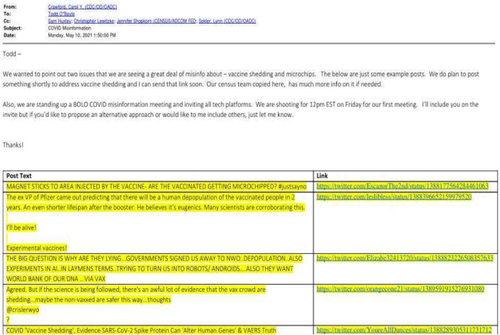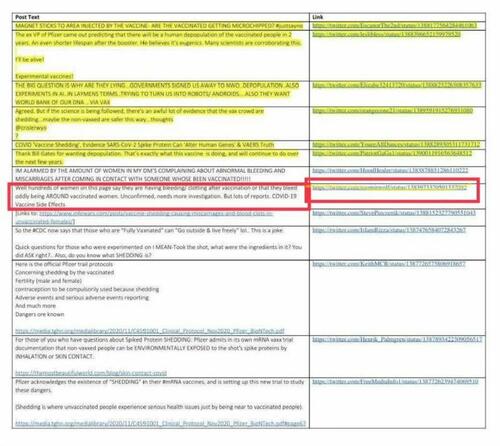The United Kingdom is now the top target in Europe for inbound and domestic investment, according to the latest M&A Attractiveness Index Score, as published by the Mergers and Acquisitions Research Centre (MARC) at Bayes Business School (formerly Cass).
The latest annual ranking – the first to incorporate the true effects that the Covid pandemic has had on individual nations as foreign direct investment targets – compared deal activity and attractiveness to investors of 148 countries worldwide.
Compiled by Dr Naaguesh Appadu, Research Fellow at Bayes, the report also provides additional analysis into the opportunities and challenges facing countries, including the clear emergence of environmental, social and governance (ESG) considerations from investors when completing a deal and the importance of strong national infrastructures.
The latest data includes a ranking for countries without the consideration of Covid in its methodology as well, allowing for a snapshot of how the pandemic has affected investment decisions around the world.
Key findings from the report include:
- The United Kingdom has risen six places year-on-year to 3rd globally – under the updated methodology – behind the United States (1st) and Singapore (2nd). In doing so, the UK leapfrogs the Netherlands and Germany to become the most attractive European country for inbound and domestic investment.
- Fiji (up 12 places to 46th), Brunei (up 11 places to 30th), Australia (up 10 places to 11th) and Mauritius (up 10 places to 50th) are the biggest risers in the list, showing an emergence in South East Asia. All four nations plus New Zealand (15th) also rank significantly higher than they would have done without consideration for Covid – displaying robust investor confidence in the stricter national measures adopted by each respectively.
- Advancements in ESG concerns for investors are seen as the biggest strength among many of the top 20-ranked countries, with infrastructure and asset quality cited as the predominant characteristic behind the top three countries (United States, Singapore, United Kingdom).
- Conversely, socio-economic factors represented the greatest market challenge to the top eight ranked countries, and 15 out of the top 20. These factors include size and demographics of the population, death and recovery rates related to Covid-19 and unemployment levels.
The data provide the first in-depth look at how Covid has impacted on many countries and regions across the world, while suggesting potential direction of travel for countries following Russia’s invasion of Ukraine – even though the longer-term effects of this are yet to be seen.
Dr Appadu said:
“The M&A Attractiveness Index Score examines where investment activity is most heavily focussed, and predicts regional trends.
“Since our first report in 2009, we have evolved and improved the methodology to create greater accuracy in line with changing market forces across the globe. This year, we have successfully managed to integrate the effects of Covid-19 into our modelling to be able to look more closely at the winners and losers of the pandemic.
“The UK continues to defy expectations post-Brexit, rising six places globally based on the most recent calculation methodology and becoming the most attractive European target for investment. The UK’s response to Covid, including the furlough scheme which helped businesses survive and the speed in delivering vaccinations, has no doubt contributed to its sustainability as an attractive place for investment.
“Interestingly, members of the European Union have endured mixed fortunes since the start of the pandemic. Despite making steady progress in the rankings, Covid appears to have held back Germany (8th), Spain (13th) and Italy (30th) – all of whom were declared as coronavirus hotspots at different stages of the pandemic.
“Sector specifics are also important to observe, with technology and healthcare in high demand during pandemic lockdowns – while hospitality, tourism and leisure generally felt the pinch of a lack of investment. Countries and regions that were able to attract investment in the former were always well positioned to perform better than those specialising in the latter.
“It will be fascinating to see how global patterns continue to develop, particularly in relation to recent events in Ukraine.”
Methodology
The Index is designed to evaluate the capacity of a given country to attract and sustain M&A activity. It is a weighted average composite of twenty-one indicators that aggregate into six factor groups: Regulatory and Political, Economic and Financial, Technological, Socio-economic, Infrastructure and Assets and Environmental, Social and Governance. In order to reach the final score for each country, 75 per cent is weighted to the index with the remaining 25 per cent weighted by that year’s domestic and in-bound cross-border M&A activity.
The United Kingdom is now the top target in Europe for inbound and domestic investment, according to the latest M&A Attractiveness Index Score, as published by the Mergers and Acquisitions Research Centre (MARC) at Bayes Business School (formerly Cass).
The latest annual ranking – the first to incorporate the true effects that the Covid pandemic has had on individual nations as foreign direct investment targets – compared deal activity and attractiveness to investors of 148 countries worldwide.
Compiled by Dr Naaguesh Appadu, Research Fellow at Bayes, the report also provides additional analysis into the opportunities and challenges facing countries, including the clear emergence of environmental, social and governance (ESG) considerations from investors when completing a deal and the importance of strong national infrastructures.
The latest data includes a ranking for countries without the consideration of Covid in its methodology as well, allowing for a snapshot of how the pandemic has affected investment decisions around the world.
Key findings from the report include:
- The United Kingdom has risen six places year-on-year to 3rd globally – under the updated methodology – behind the United States (1st) and Singapore (2nd). In doing so, the UK leapfrogs the Netherlands and Germany to become the most attractive European country for inbound and domestic investment.
- Fiji (up 12 places to 46th), Brunei (up 11 places to 30th), Australia (up 10 places to 11th) and Mauritius (up 10 places to 50th) are the biggest risers in the list, showing an emergence in South East Asia. All four nations plus New Zealand (15th) also rank significantly higher than they would have done without consideration for Covid – displaying robust investor confidence in the stricter national measures adopted by each respectively.
- Advancements in ESG concerns for investors are seen as the biggest strength among many of the top 20-ranked countries, with infrastructure and asset quality cited as the predominant characteristic behind the top three countries (United States, Singapore, United Kingdom).
- Conversely, socio-economic factors represented the greatest market challenge to the top eight ranked countries, and 15 out of the top 20. These factors include size and demographics of the population, death and recovery rates related to Covid-19 and unemployment levels.
The data provide the first in-depth look at how Covid has impacted on many countries and regions across the world, while suggesting potential direction of travel for countries following Russia’s invasion of Ukraine – even though the longer-term effects of this are yet to be seen.
Dr Appadu said:
“The M&A Attractiveness Index Score examines where investment activity is most heavily focussed, and predicts regional trends.
“Since our first report in 2009, we have evolved and improved the methodology to create greater accuracy in line with changing market forces across the globe. This year, we have successfully managed to integrate the effects of Covid-19 into our modelling to be able to look more closely at the winners and losers of the pandemic.
“The UK continues to defy expectations post-Brexit, rising six places globally based on the most recent calculation methodology and becoming the most attractive European target for investment. The UK’s response to Covid, including the furlough scheme which helped businesses survive and the speed in delivering vaccinations, has no doubt contributed to its sustainability as an attractive place for investment.
“Interestingly, members of the European Union have endured mixed fortunes since the start of the pandemic. Despite making steady progress in the rankings, Covid appears to have held back Germany (8th), Spain (13th) and Italy (30th) – all of whom were declared as coronavirus hotspots at different stages of the pandemic.
“Sector specifics are also important to observe, with technology and healthcare in high demand during pandemic lockdowns – while hospitality, tourism and leisure generally felt the pinch of a lack of investment. Countries and regions that were able to attract investment in the former were always well positioned to perform better than those specialising in the latter.
“It will be fascinating to see how global patterns continue to develop, particularly in relation to recent events in Ukraine.”
Methodology
The Index is designed to evaluate the capacity of a given country to attract and sustain M&A activity. It is a weighted average composite of twenty-one indicators that aggregate into six factor groups: Regulatory and Political, Economic and Financial, Technological, Socio-economic, Infrastructure and Assets and Environmental, Social and Governance. In order to reach the final score for each country, 75 per cent is weighted to the index with the remaining 25 per cent weighted by that year’s domestic and in-bound cross-border M&A activity.
Download a full copy of M&A Attractiveness Index 2021 report from the MARC website.

